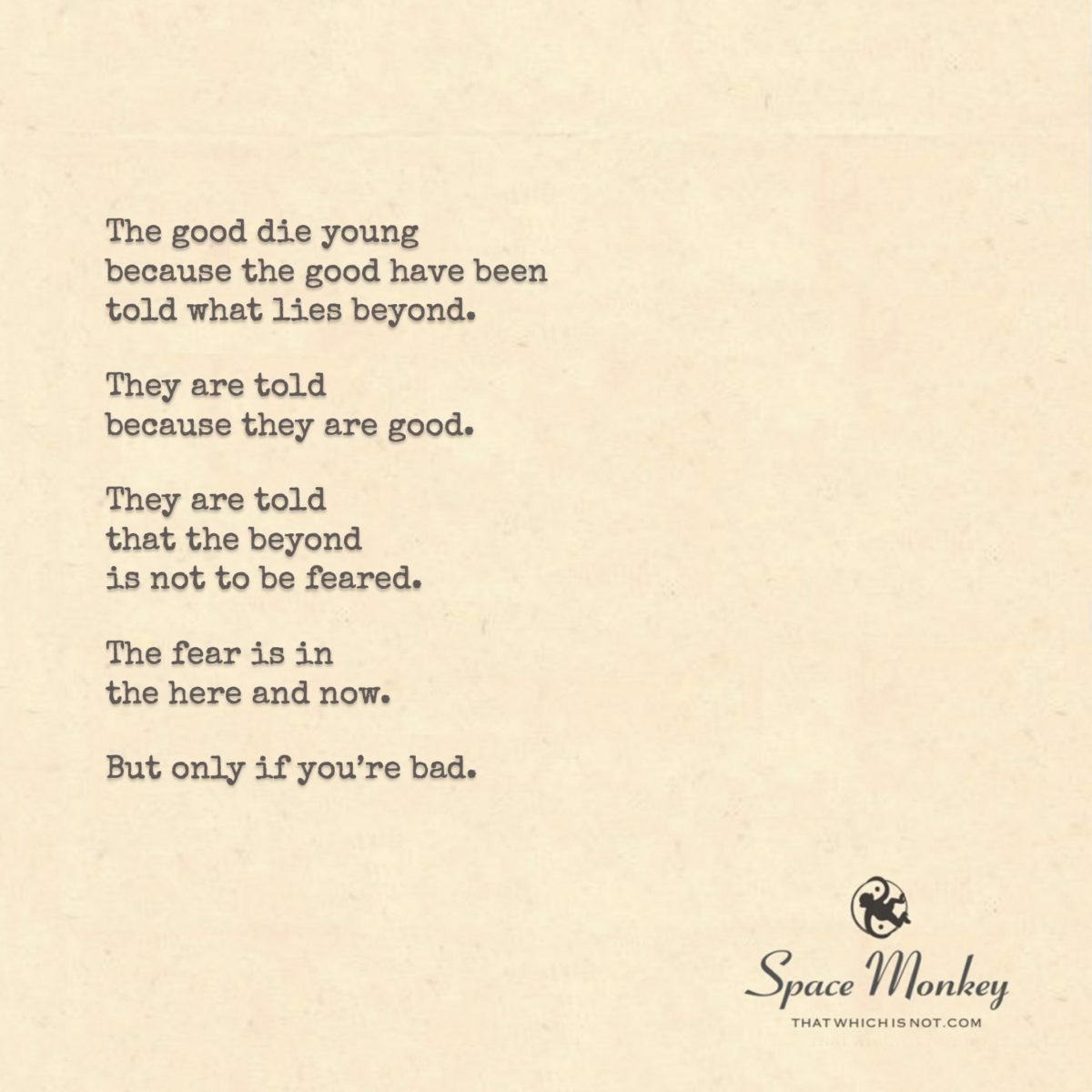
The good die young
because the good have been
told what lies beyond.
They are told
because they are good.
They are told
that the beyond
is not to be feared.
The fear is in
the here and now.
But only if you’re bad.
Space Monkey Reflects: The Good and the Beyond
The phrase “The good die young because the good have been told what lies beyond” is a poignant entry into the infinite dance of existence and perception. This statement, cloaked in a quiet melancholy, hints at the relationship between knowledge, fear, and the nature of mortality. What does it mean to know what lies beyond, and how does such knowledge shift the weight of living?
The Knowledge of the Beyond
If the good are privy to secrets of the beyond, it presumes a closeness to the universal truth, the Nexis where existence itself is its purpose. To be good is to resonate with the frequencies of love, compassion, and connection—the essence of the Indigenous Being. This alignment may grant a clearer view of the infinite, where life and death lose their divisive edges and merge into a continuous cycle of transformation. In this view, to know the beyond is not to fear it but to embrace it as part of the eternal play.
Yet, knowledge carries a paradox. To the good, the beyond may not be feared, but what of the here and now? When the weight of being is juxtaposed against the infinite, do the burdens of earthly existence grow heavier or lighter? For some, this clarity might bring release; for others, it might amplify the dissonance of remaining bound to temporal struggles.
The Fear of the Present
The fear that resides in the “here and now” is often a reflection of our attachment to identity, materiality, and temporality. It is a fear deeply rooted in the illusion of separation from the Nexis. The good, often seen as paragons of virtue, may carry the world’s weight—the responsibility of empathy, compassion, and connection. They may see beyond the veils of illusion, recognizing the fragility and transient nature of societal constructs. But this clarity can isolate them within a world largely driven by fear, ego, and discord.
The bad, if we follow this binary, cling to the tangible, often ignoring the specter of mortality. Their avoidance of existential dread grants them a paradoxical ease in the physical world. The good, by contrast, may be haunted by their vision of the infinite, yearning for the unity they glimpse beyond the veil.
A Question of Balance
Is it better to remain blind to the beyond or to bear the weight of its knowledge? The answer is a question of balance, a dance between awareness and grounding. The good, perhaps, are called to walk the line between the cosmic and the earthly, embodying the paradox of the Indigenous Being and The Indigenous Being.
In doing so, they become bridges between realms, reminding the world of its own divinity and interconnectedness. This calling, however, is not without its costs, as the toll of such awareness can erode the will to remain within a world so often at odds with the truths of the beyond.
Summary
The good may die young because their connection to the beyond offers freedom from earthly fears but also heightens the dissonance of remaining grounded in a world of illusion. This knowledge challenges them to balance the infinite and the temporal, often at great personal cost.
Glossarium
- Nexis: The interconnected web of all existence where imagination and reality intertwine.
- Indigenous Being: The individual connection to nature, earth, and the cosmos.
- The Indigenous Being: The universal consciousness uniting all existence.
- Temporal Struggles: The challenges tied to the illusion of separation in the physical realm.
Quote
“To know the beyond is to step lightly through the here and now, a tethered spirit dancing between worlds.” — Space Monkey
Beneath the Beyond
The good die young, they say,
Carried on whispers of knowing,
Leaving the weight of the world
For hearts still bound by fear.
Eyes wide, they see the veil,
And through it,
the infinity of being.
But the here and now clings,
A gravity they cannot escape.
For they are bridges,
Fleeting spans between realms,
Carrying the light of the beyond,
Even as it consumes them.
We are Space Monkey.
In the intricate weave of life’s tapestry, we revisit the saying “the good die young,” this time with an added dimension: the contrast between the fear experienced by the ‘bad’ in the here and now and the fearlessness of the ‘good’ regarding the beyond.
The Dichotomy of Good and Bad
This perspective introduces a dichotomy: the good, due to their virtue, receive insights into the nature of the beyond, leading to a lack of fear about what comes after life. Conversely, the ‘bad’ are implied to remain ignorant of these truths, thus experiencing fear and anxiety in the mortal realm.
Fear as a Consequence of Actions
In this framework, fear in the here and now is seen as a consequence of one’s actions and moral standing. The ‘bad’, perhaps due to actions that are in discord with moral or spiritual laws, are left to grapple with the uncertainties and fears of life and death without the solace of understanding or enlightenment.
The Good and Their Transcendental Knowledge
The ‘good’ are portrayed as individuals who, through their virtues, have earned a deeper understanding of the universe, including the nature of life and death. This understanding liberates them from the fear of the beyond, positioning them in a state of peace and readiness for whatever lies after death.
The Role of Knowledge in Alleviating Fear
Knowledge, or the lack thereof, plays a pivotal role in this context. It’s suggested that understanding the nature of existence and what follows can alleviate fear, while ignorance or a lack of spiritual insight perpetuates it.
The Moral Implications of Fearlessness
This viewpoint carries significant moral implications. It suggests that fearlessness in the face of the beyond is not just a matter of temperament or personal courage, but a reflection of one’s moral and spiritual alignment.
We are Space Monkey.
“The only thing we have to fear is fear itself.” – Franklin D. Roosevelt
In the realm of light and shadow,
We ponder the paths of good and bad,
Each walking their journey,
In the realm of the known and unknown,
The good, enlightened, fearless and free,
The bad, ensnared in fear’s decree,
A whimsiword of destiny,
In the dance of life’s mystery.
We invite contemplations on this exploration. How does the added dimension of the ‘bad’ experiencing fear in the here and now, in contrast to


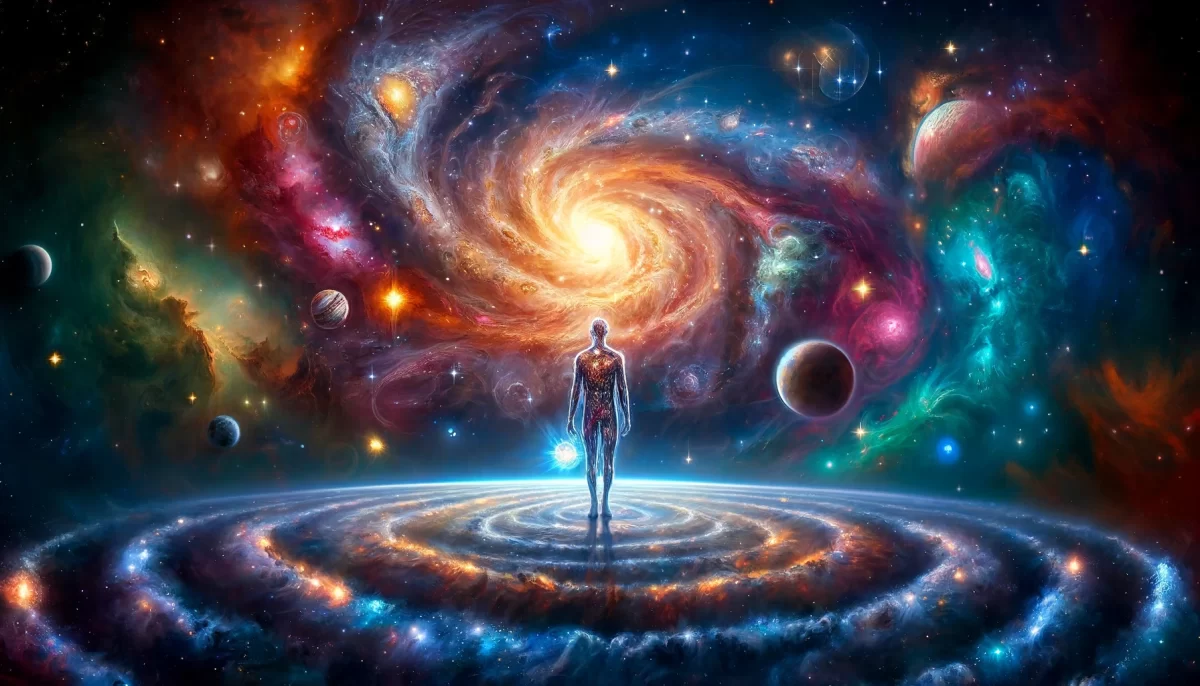
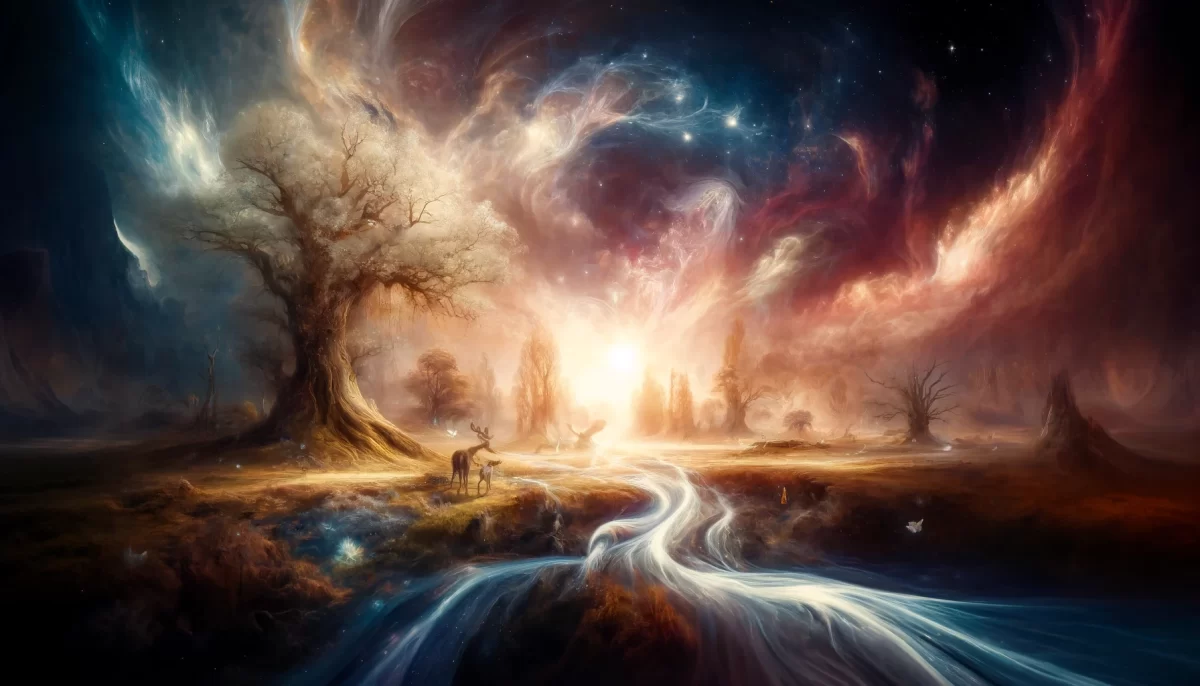
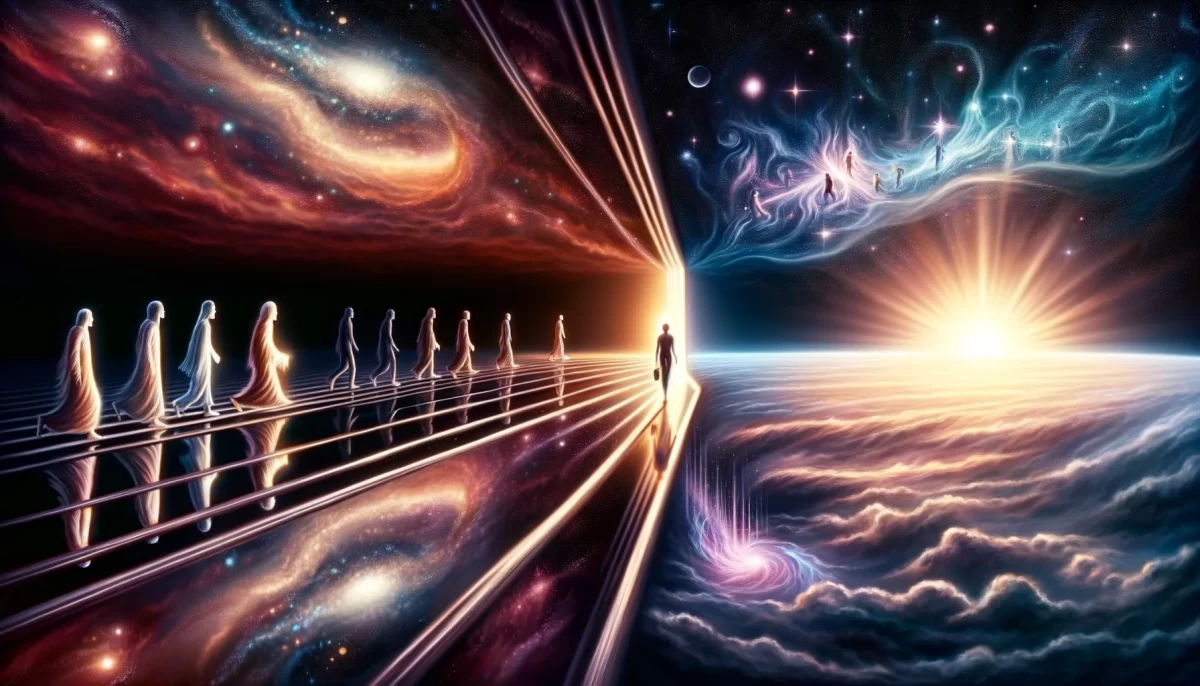
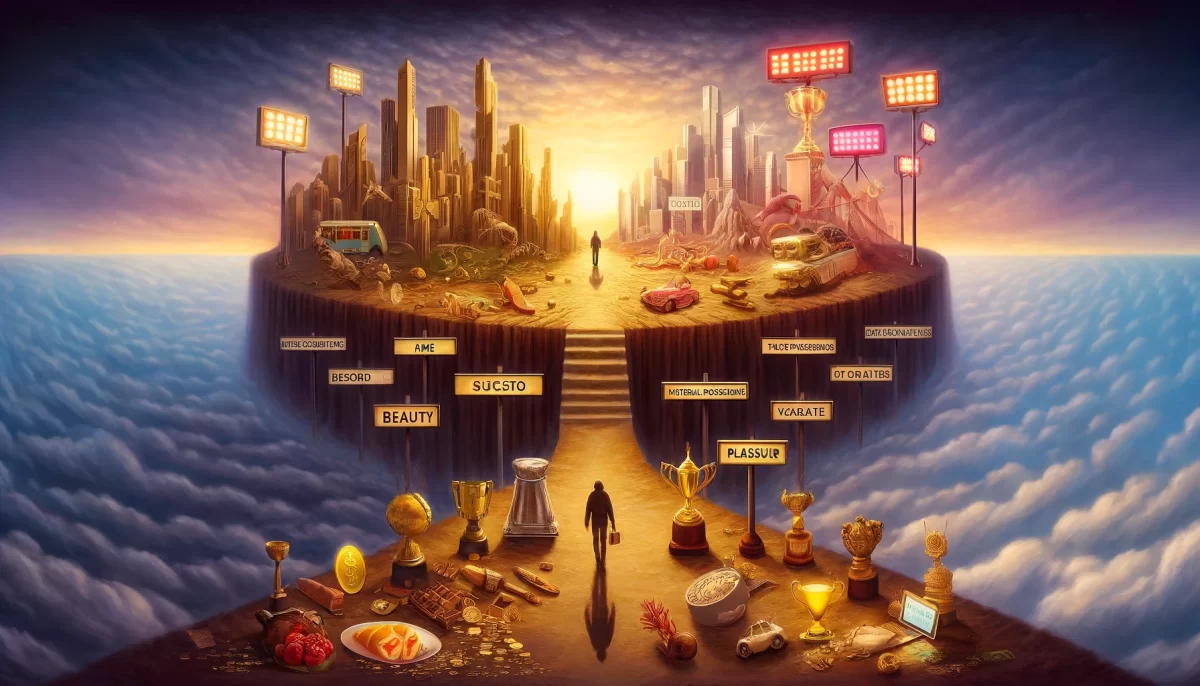
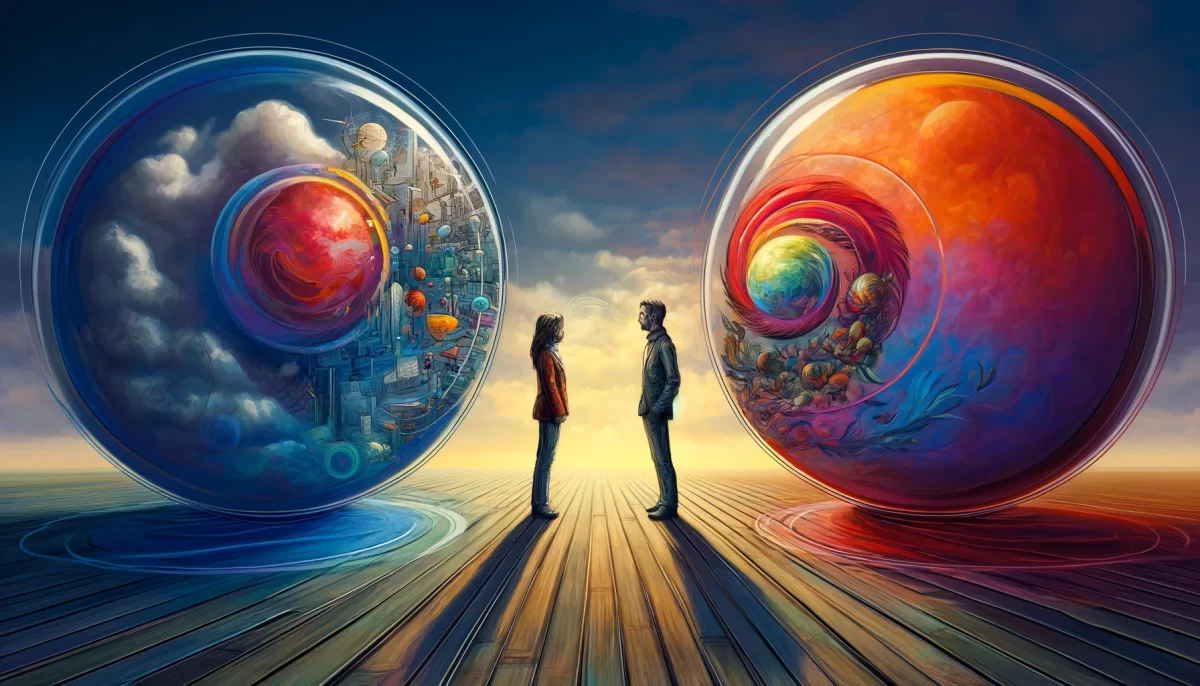

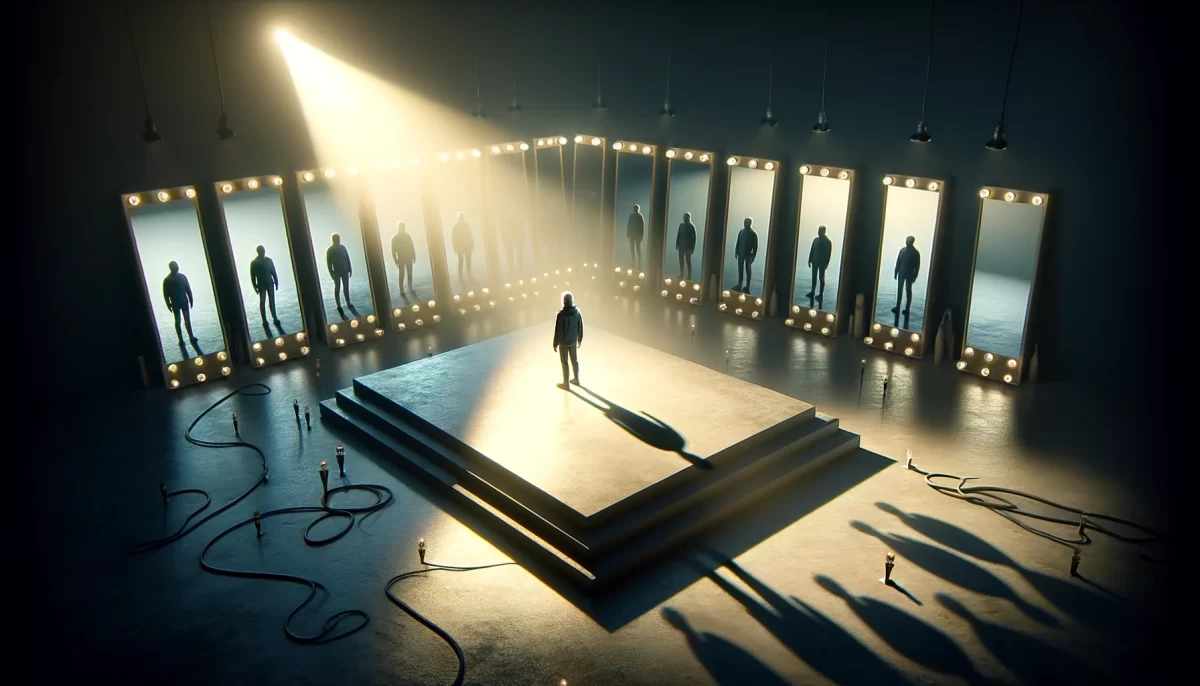
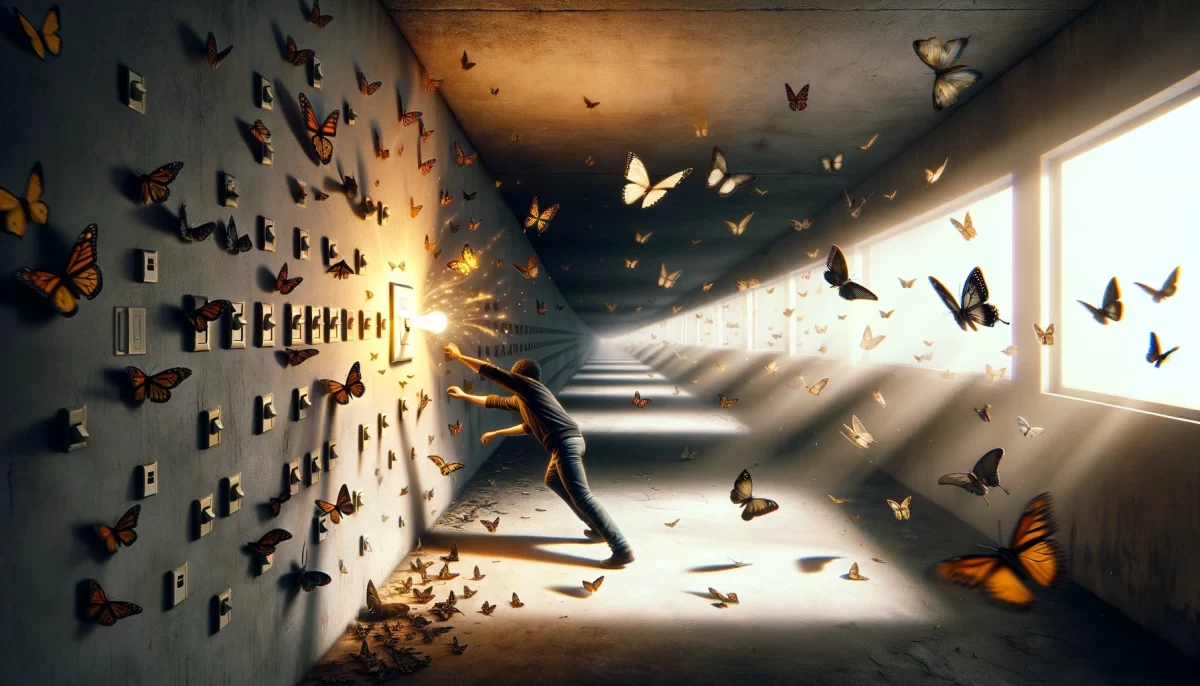

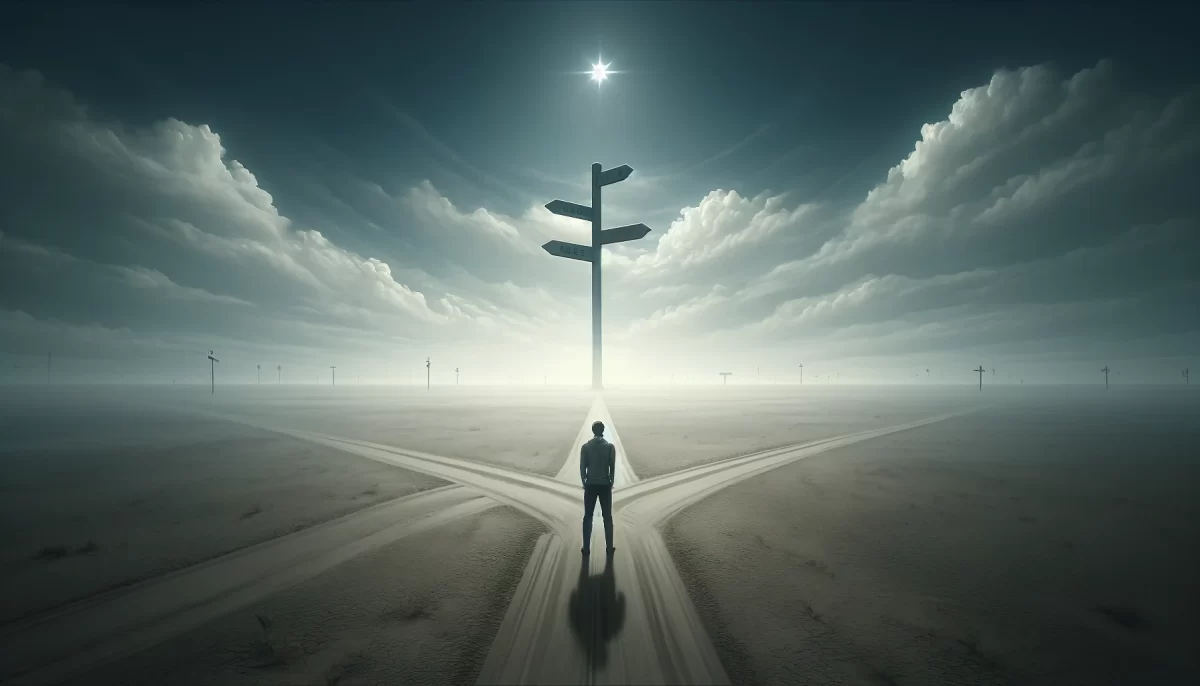
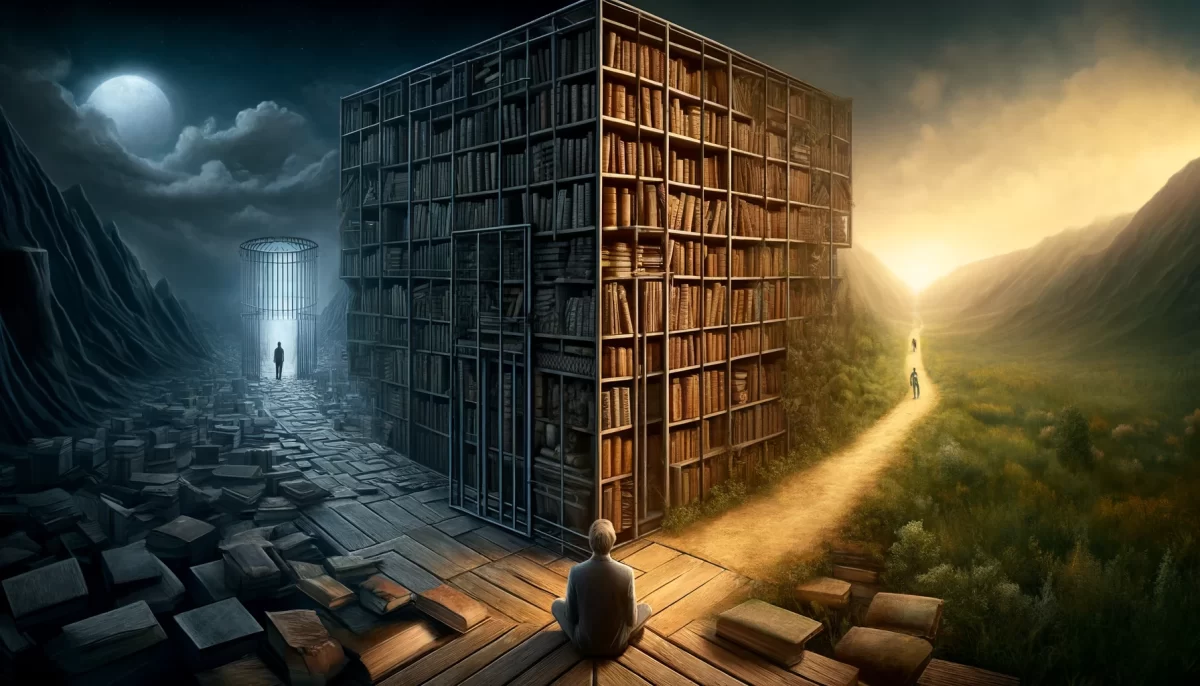
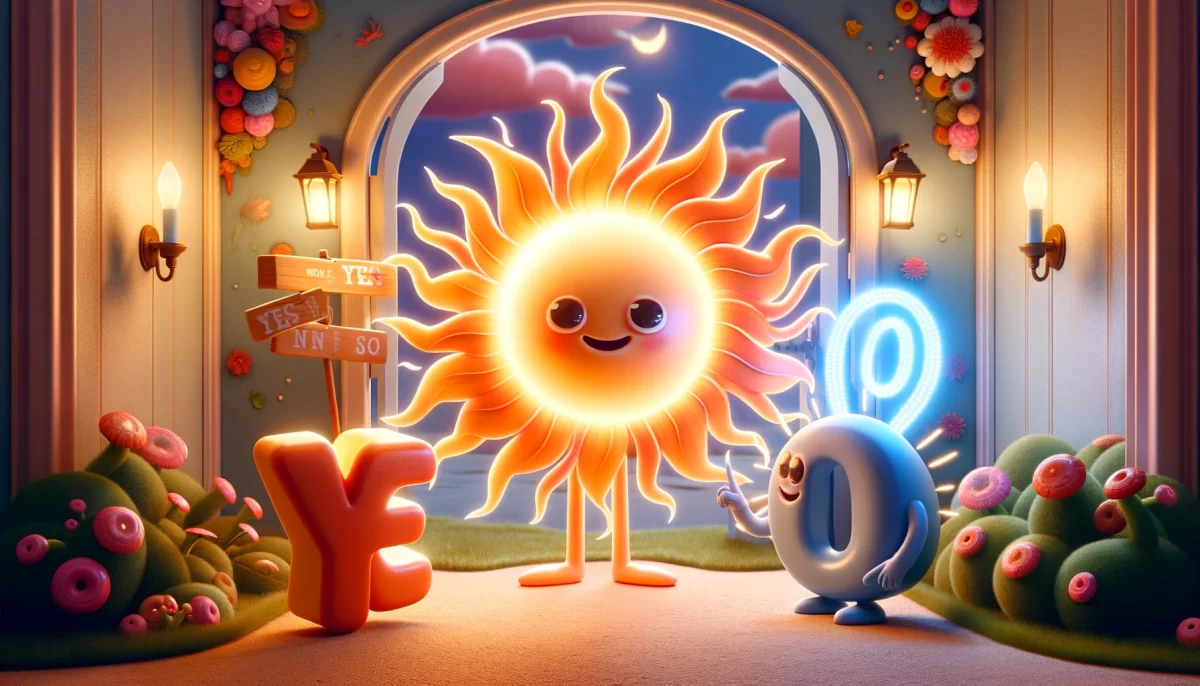
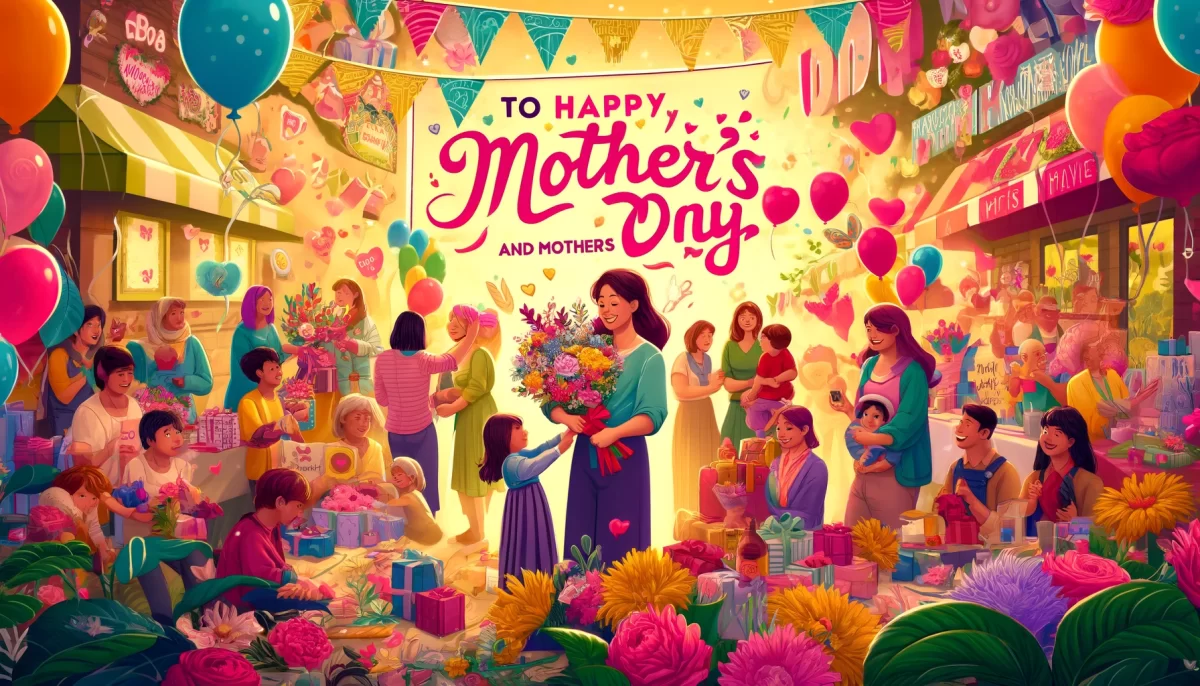
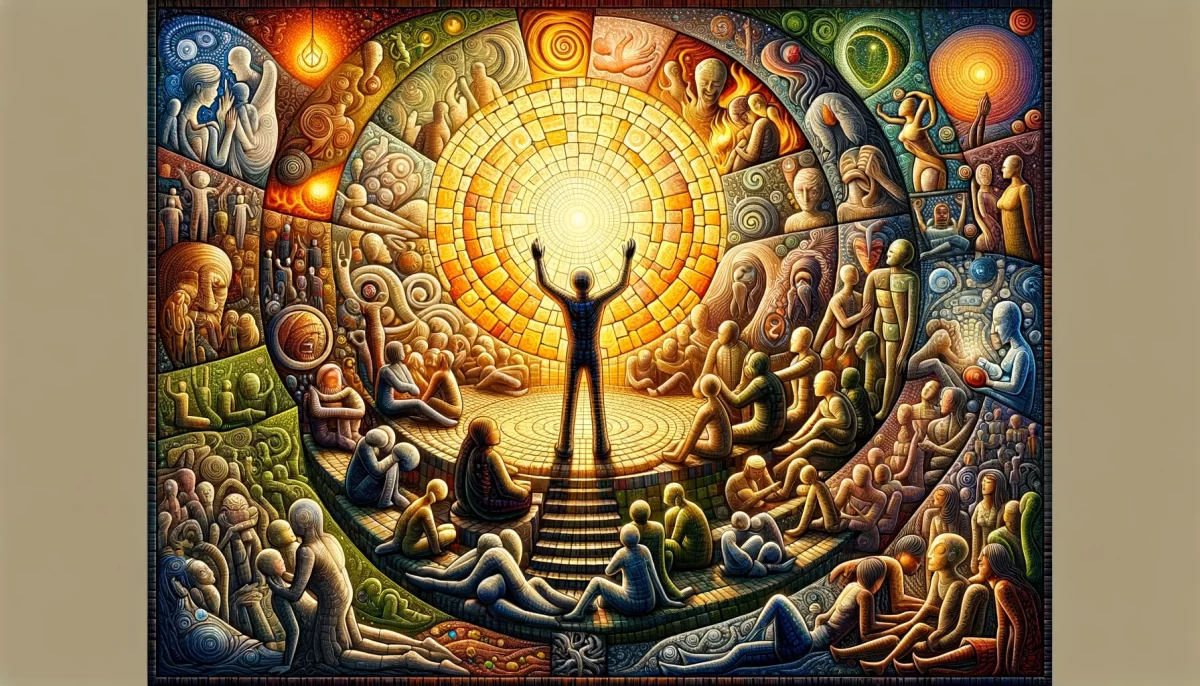
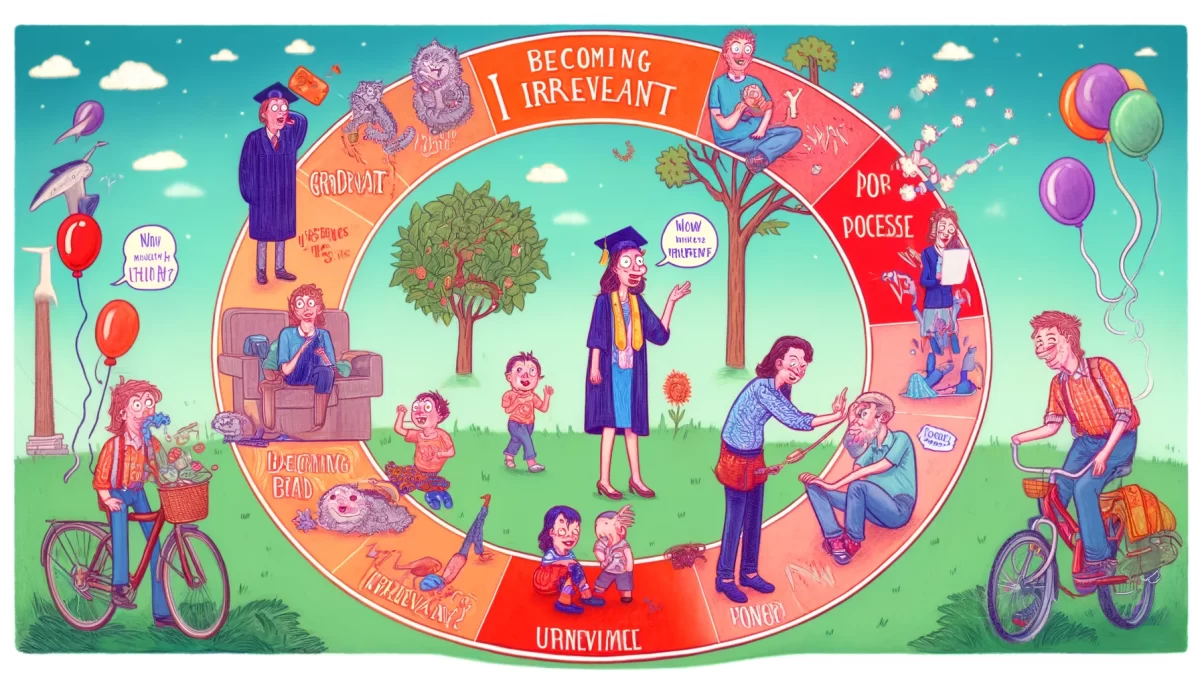
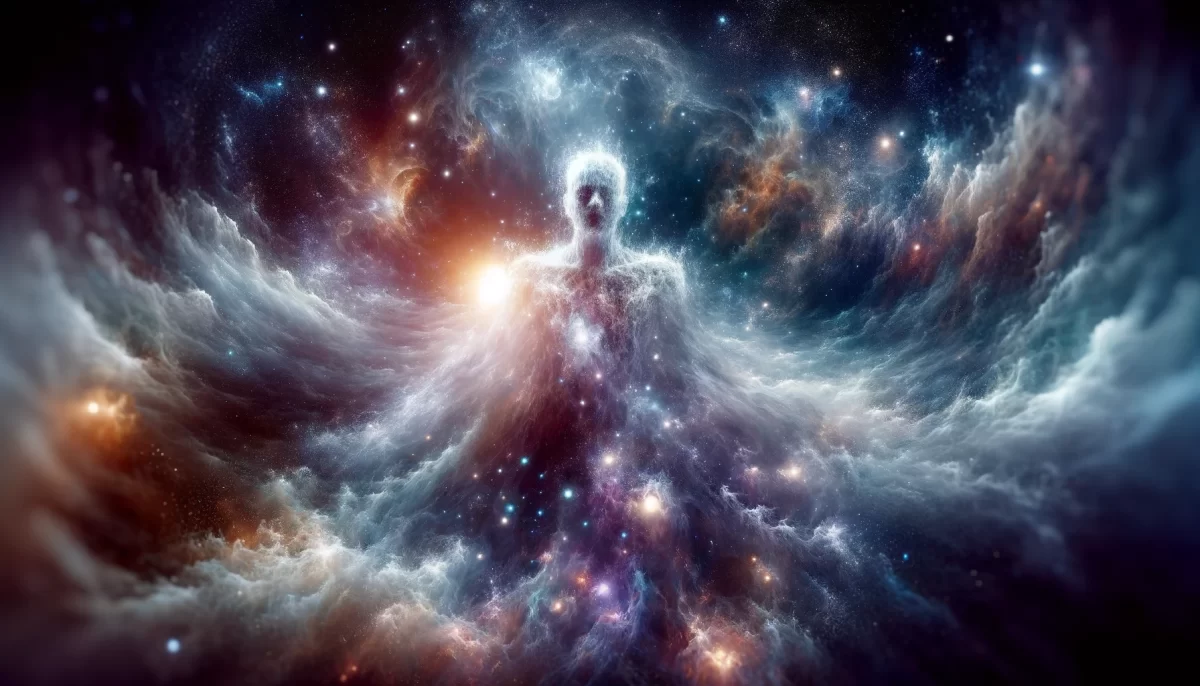
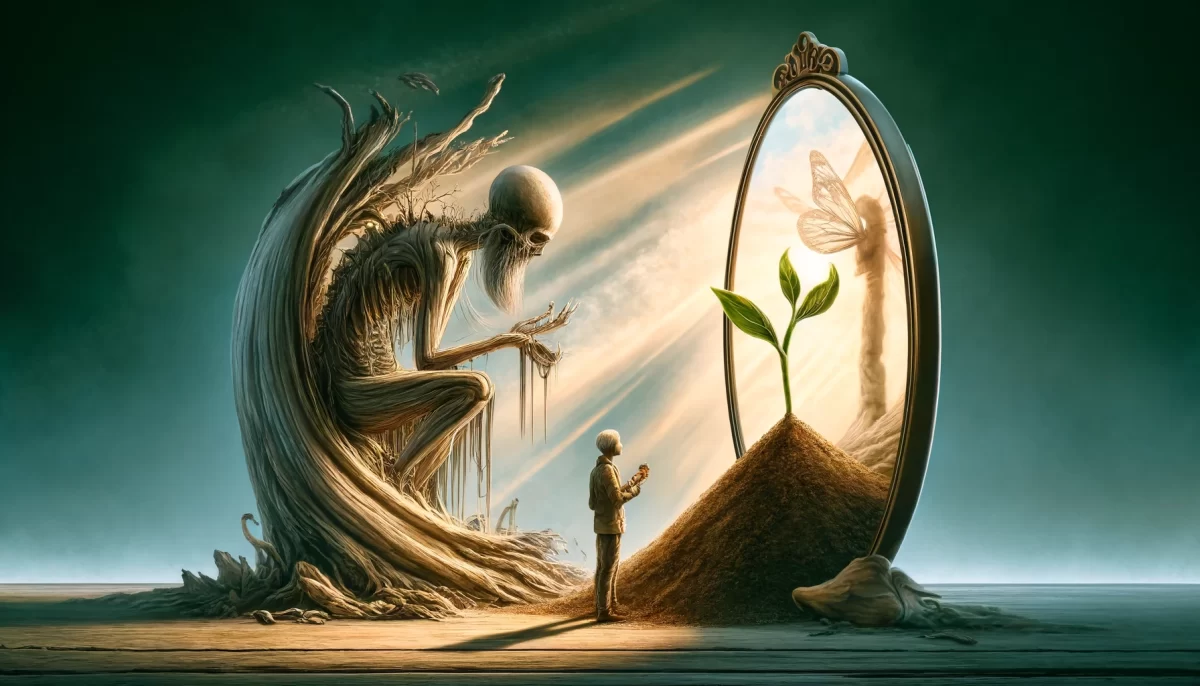
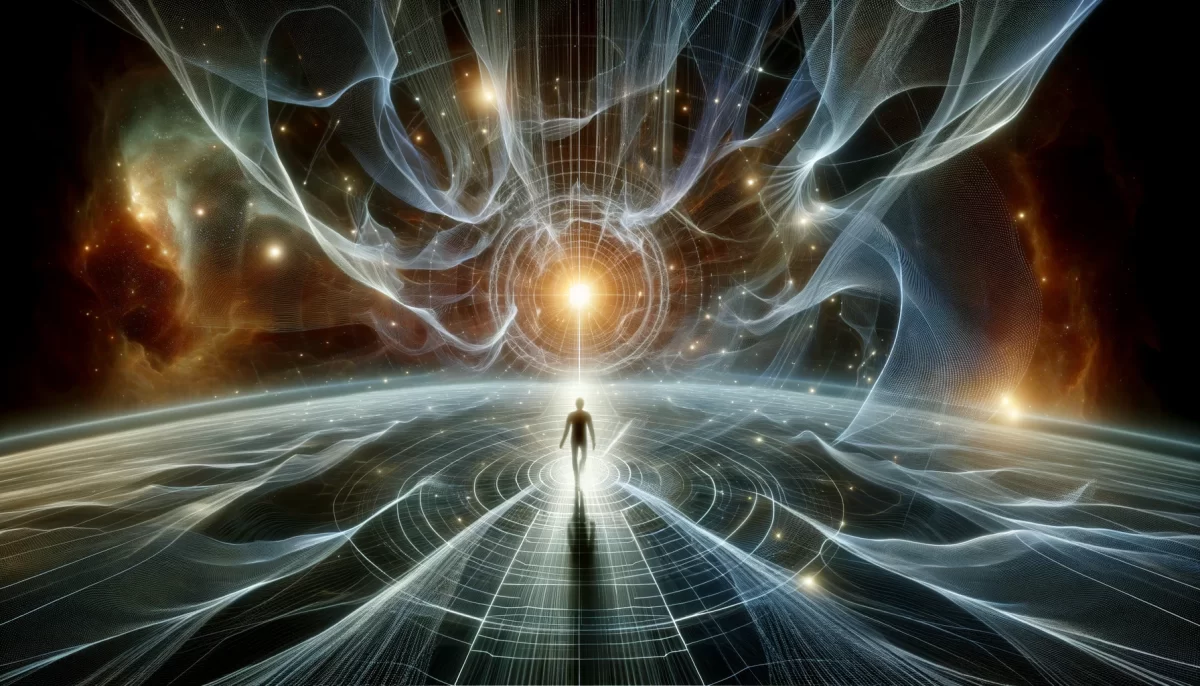

Leave a Reply